
They live long without worrying about obesity or diabetes
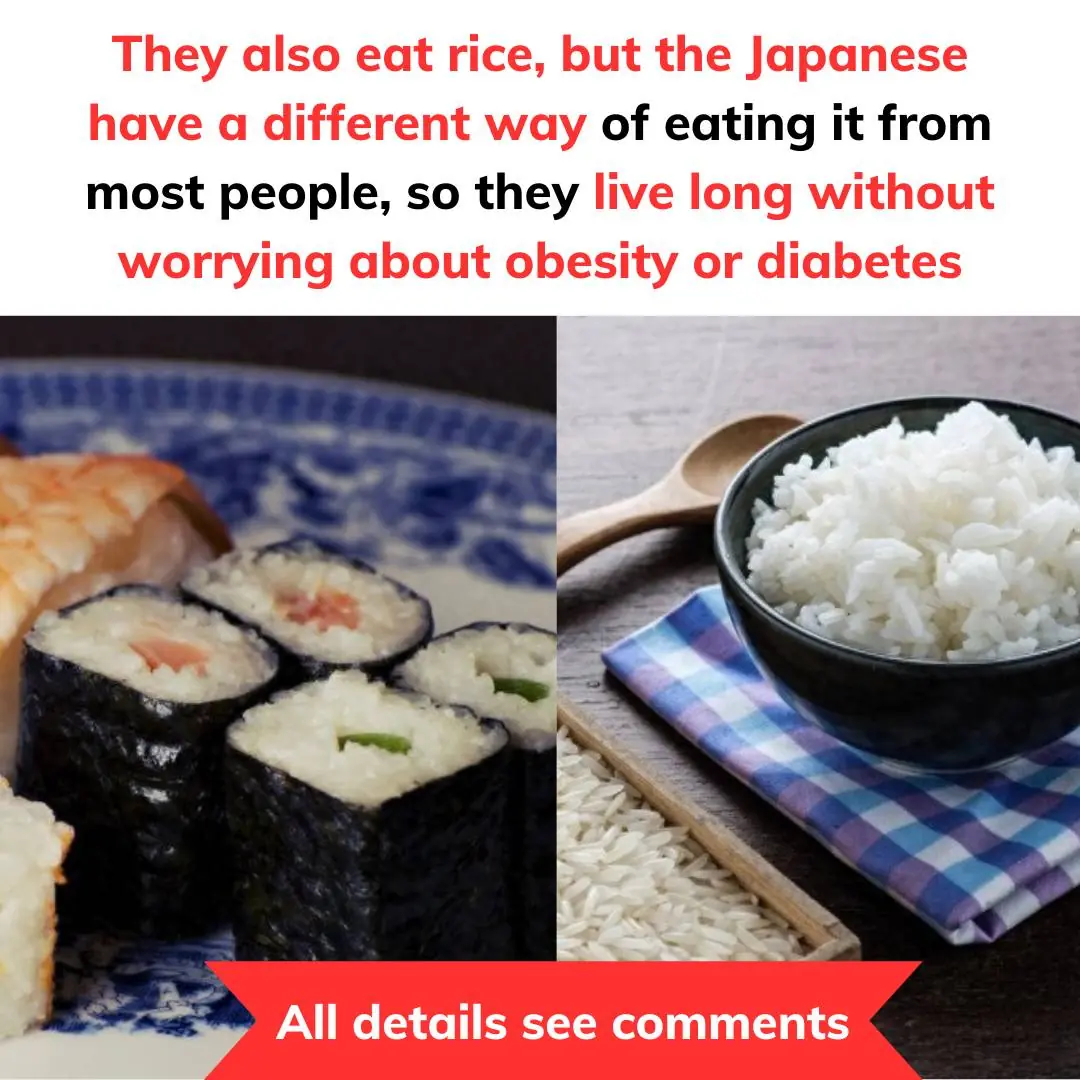
Professor Fan Zhihong (from the School of Food Science and Nutrition Engineering at China Agricultural University) shared that diabetes is a disease caused by various factors. Some people are affected by genetic factors, while others develop the condition due to frequent consumption of foods high in sugar, fats, and starch, without engaging in physical activity.
White rice has long been associated with obesity and diabetes. However, in Japan, people eat rice daily, but their obesity and diabetes rates are not high. In fact, Japan is one of the countries with the lowest obesity rates in the world and the highest average life expectancy.
Why is there such a difference? The answer lies in three key rice-eating habits that are uncommon in other countries.
1. Japanese people eat rice with bland dishes
Japanese people consistently eat rice, but the "key" to preventing weight gain is that they do not consume large portions of rice in one meal. Instead, they eat many side dishes, and the amount of rice they eat is usually about 100 grams. Additionally, their food is quite bland, with little added sugar or salt. They even eat raw vegetables and fish to retain the best nutrients from their food. In Japan, dishes are often served in small portions, which naturally reduces their food intake.
2. Eating rice at a lower temperature
Unlike many people who prefer hot meals, Japanese people often consume cold rice in the form of sushi or rice balls. They believe that cold rice contains resistant starch, which behaves similarly to fiber. This type of starch is harder to digest and, when consumed, slows the absorption of glucose in the body. As a result, blood sugar levels do not spike as quickly, helping to stabilize blood glucose levels. Dr. Zheng Peifen, Chief of the Gastroenterology Department at Zhejiang Hospital, pointed out that eating cold rice and foods helps delay the rise of blood sugar and lipids after meals, improving gut health. However, it is important to note that rice stored at room temperature for too long can become contaminated with bacteria, which increases the risk of food poisoning.
3. .Japanese people often mix rice with vinegar
After cooking rice, Japanese people often mix it with vinegar to make sushi or rice balls, or simply to enhance the flavor of the rice. The acetic acid in vinegar inhibits the activity of amylase, which slows down the process of converting starch into glucose. According to the Japanese, adding vinegar to rice can cause blood sugar levels to rise more slowly.
Additionally, a lesser-known fact is that, despite eating a lot of rice, Japanese people have a very high level of physical activity, which helps prevent obesity and diabetes. According to the World Health Organization, more than 98% of Japanese children walk or cycle to school. In particular, many Japanese people enjoy the "10,000 steps a day" walking method, which some studies suggest contributes to their long life expectancy.
How can diabetic patients eat rice?
Ruan Guanfeng (from the Chinese Preventive Medicine Association) pointed out that while frequent rice consumption can increase the risk of diabetes, it does not mean that people with diabetes cannot eat rice at all.
To eat rice in a healthy way, they need to pay attention to the following:
1. Don’t cook rice too soft
Soft rice may be delicious, but it is easier to digest, which causes a rapid increase in blood sugar after eating.
2. Add brown rice and whole beans when cooking rice
Eating white rice regularly can cause a rapid increase in blood sugar, so patients should add brown rice, green beans, red beans, and other whole grains to their rice when cooking to reduce the blood sugar response.
3. Eat rice the same day and avoid reheating multiple times
It is best not to cook too much rice at once. Reheating rice multiple times softens it further, which can cause a spike in blood sugar. It is best to eat it on the same day it is cooked.
4. Consume a moderate amount of starch
Xiao Jianzhong (Chief of the Endocrinology and Metabolism Department at Tsinghua Chang Gung Memorial Hospital in Beijing) suggested that diabetic patients, or anyone looking to prevent diabetes, should control their starch intake. They should also limit their total calorie intake and exercise regularly.
In addition to eating white rice, you can increase your intake of good starch-rich, fiber-rich foods like sweet potatoes, corn, oats, and millet.
News in the same category


The water heater has a "hidden switch". If you open it, it can last for 10 years and is durable without worrying about wasting electricity

Grandparents’ Advice: Keep These 5 Things Out of Your Home or Misfortune Will Follow

Too many geckos in the house, here's a little trick to make them 'go away and never come back

When should you charge your phone: this is the number that helps the battery last longer and not wear out
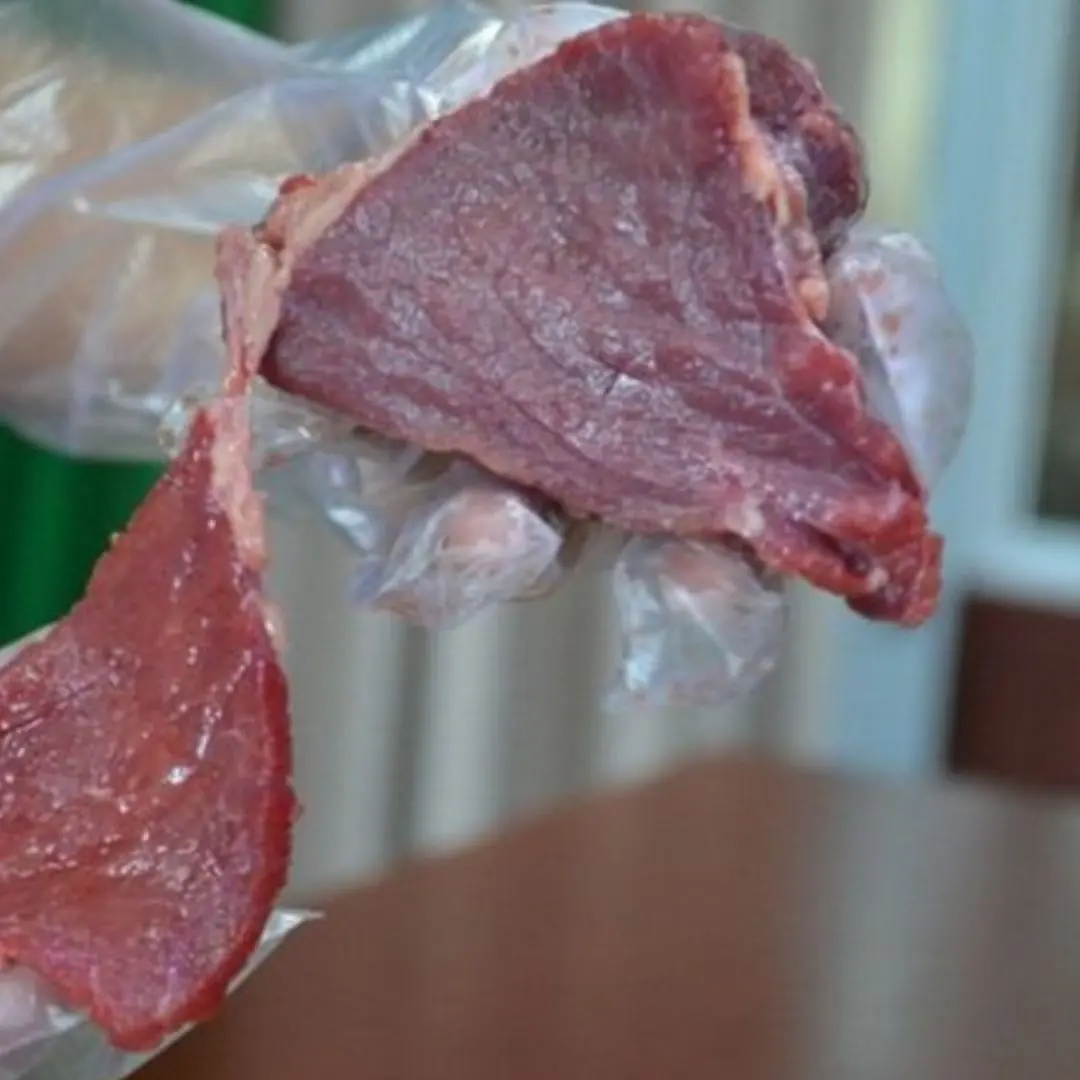
If you see a piece of beef with these 3 characteristics, absolutely do not buy it

Be careful when buying cooking oil: If it has these 3 words, no matter what brand it is, it is "mixed oil"
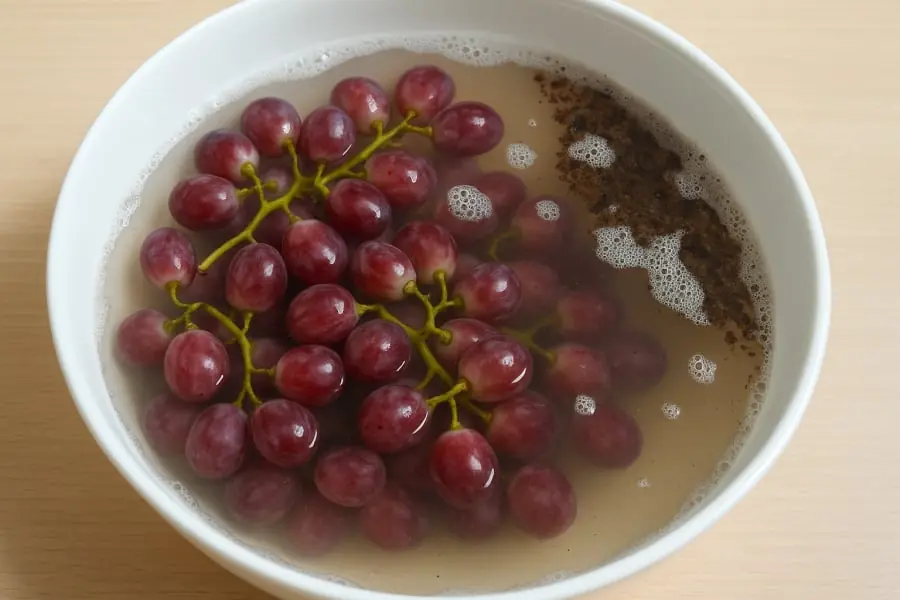
The Mistake of Washing Grapes with Salt or Baking Soda=
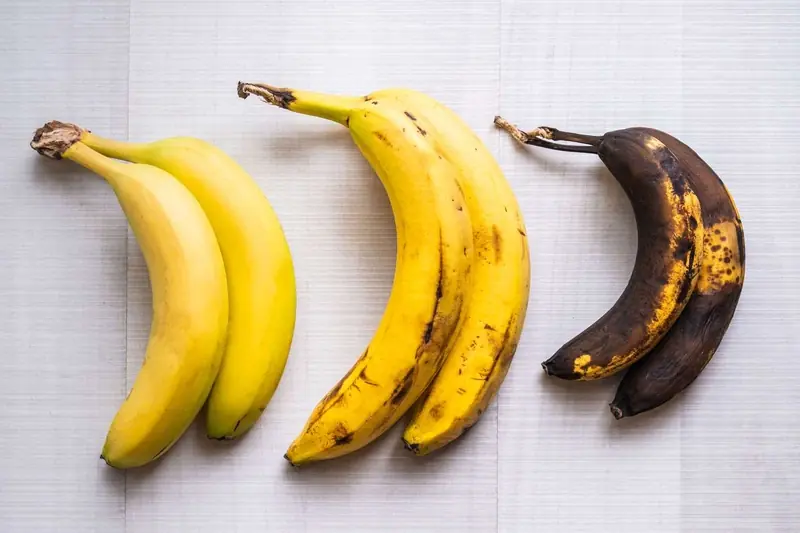
Keep Bananas Fresh for 2 Weeks by Storing Them Here — Not in the Fruit Bowl
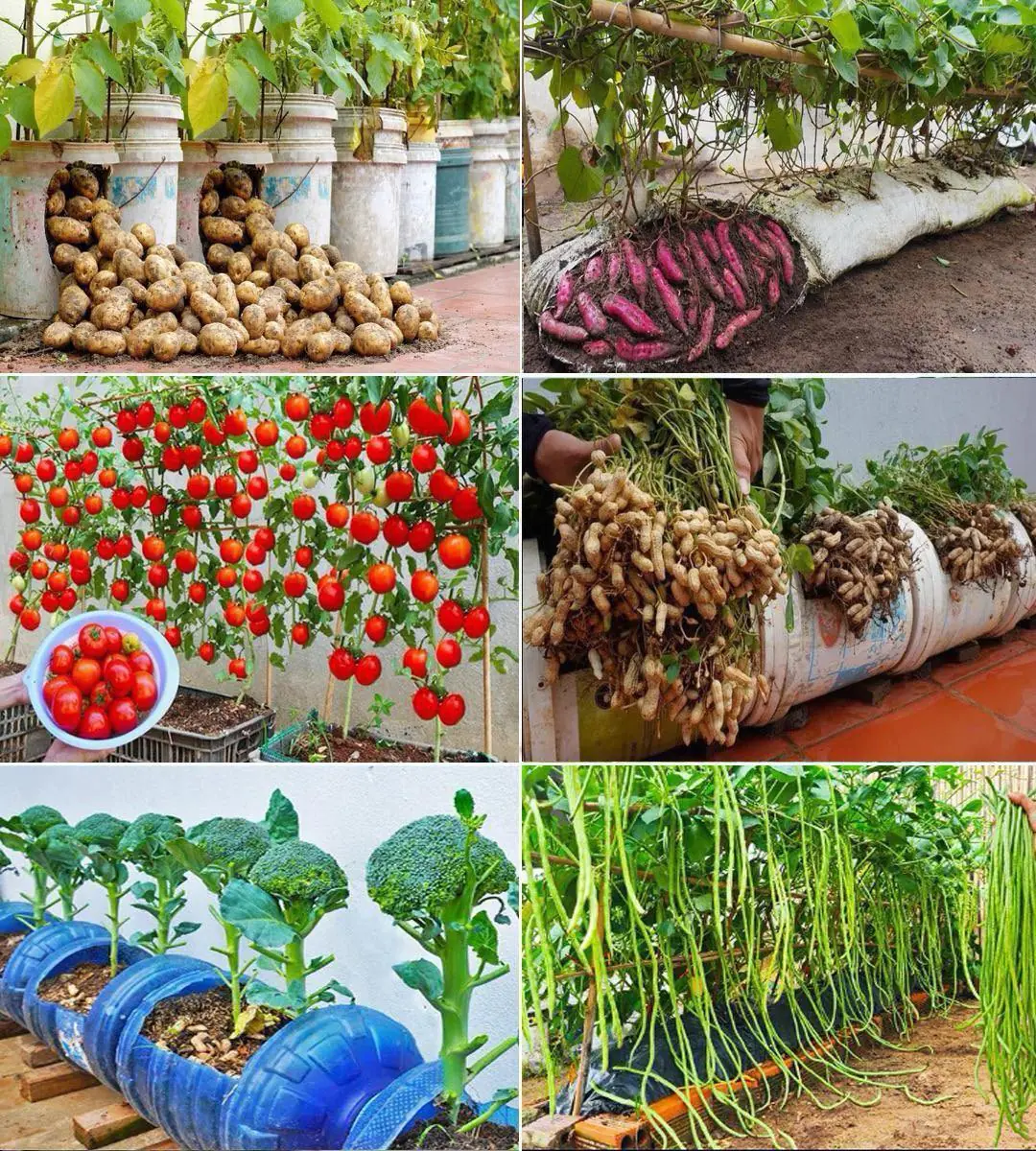
12 vegetables that grow well in containers

Don’t toss those eggshells! Here’s why you should keep them

What’s the Purpose of That Tiny Hole in a Safety Pin?
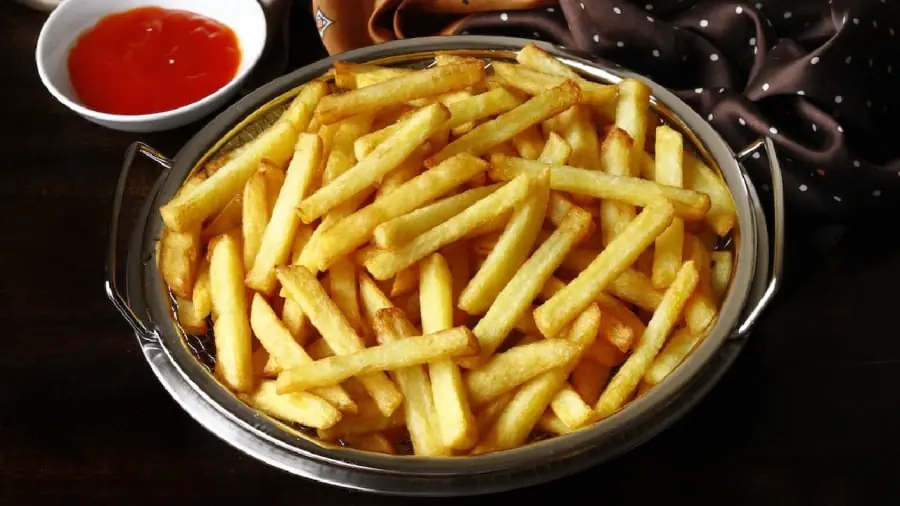
3 Tips for Perfectly Golden, Extra Crispy French Fries That Stay Crunchy for Hours

Old Farmer’s Advice: “When Buying a Pumpkin, Don’t Look at Its Size — Focus on These 4 Things to Pick the Best One!”
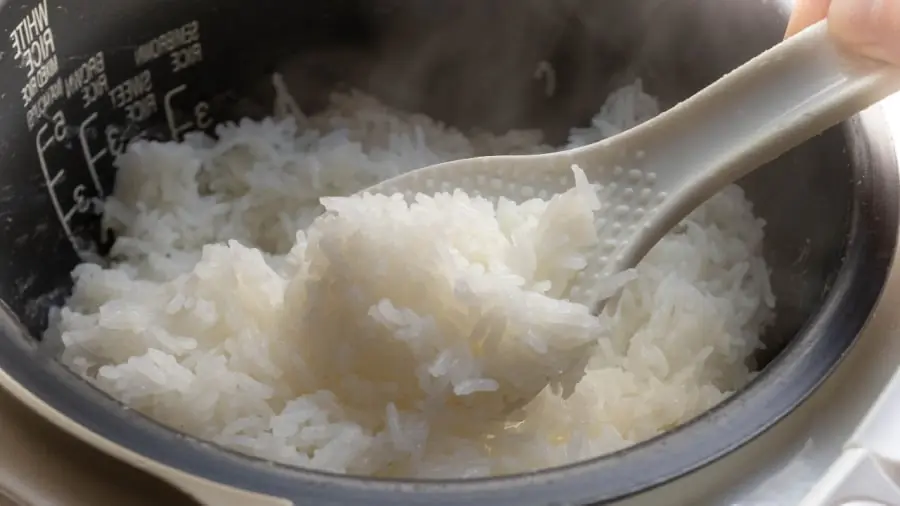
Add These Two Ingredients When Cooking Rice

Extraordinary Visual Skills If You Can Spot The Cat

Refrigerator has a small button that can save millions in electricity bill

Airport staff reveals: The fastest and simplest way to get luggage without having to wait long
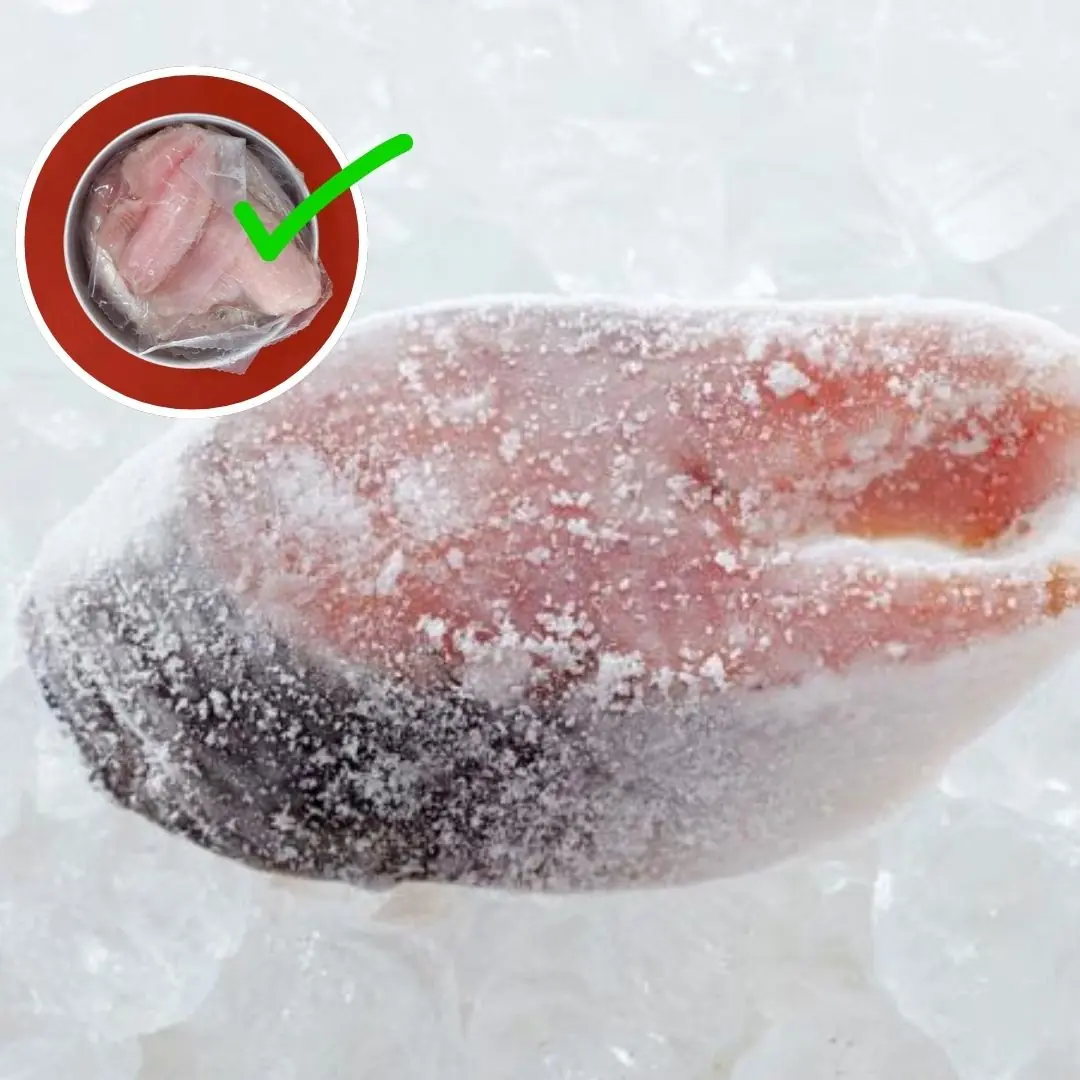
Do not immerse fish directly in water when defrosting. The restaurant chef taught me 3 tips after defrosting, the fish will be as fresh as r.a.w fish

The surprising benefits of garlic skins: Many people regret not knowing sooner
News Post

When Nighttime Leg Cramps Become a Concern

What Sleeping On Your Left Side Does For Your Brain, Stomach And Lymphatic System

At Willow Creek Elementary, Karen Matthews spotted a towering man in the hallway

Bikers Blocked My Daughter’s Wedding Doors And Refused To Let Anyone Inside

I Bought Food for a Poor Old Man – But a Few Months After He Died, A Dusty Box He'd Owned Arrived for Me

This One Superfood Could Tackle Major Health Issues—Here’s What You Need To Know

At our housewarming, my husband and his mother insisted we give our new apartment to his sister — but my mom’s response left everyone speechless

My World Collapsed After His De.ath — I Found Out Our Marriage Wasn’t Real and I Couldn’t Claim a Thing
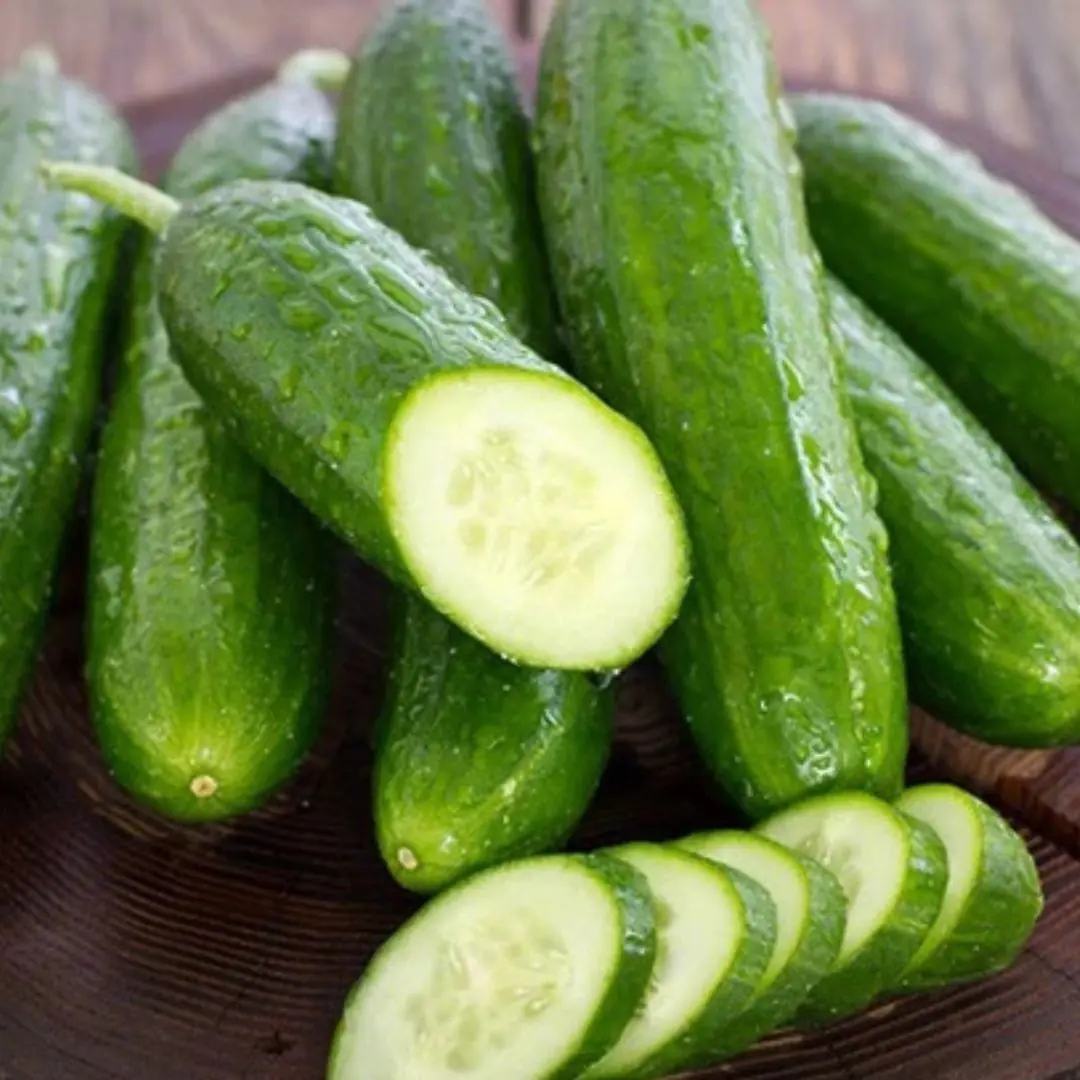
Cucumbers are delicious and healthy, but these 4 groups of people should avoid eating them

3 everyday foods that are slowly destroying your kidneys
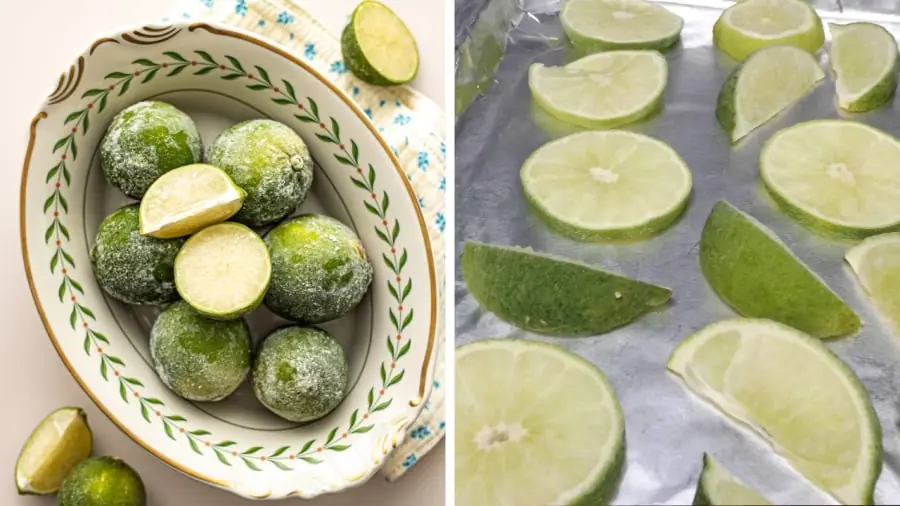
Use Frozen Lemons This Way and Gain 4 Surprising Health Benefits — Without Harming Your Sto.mach
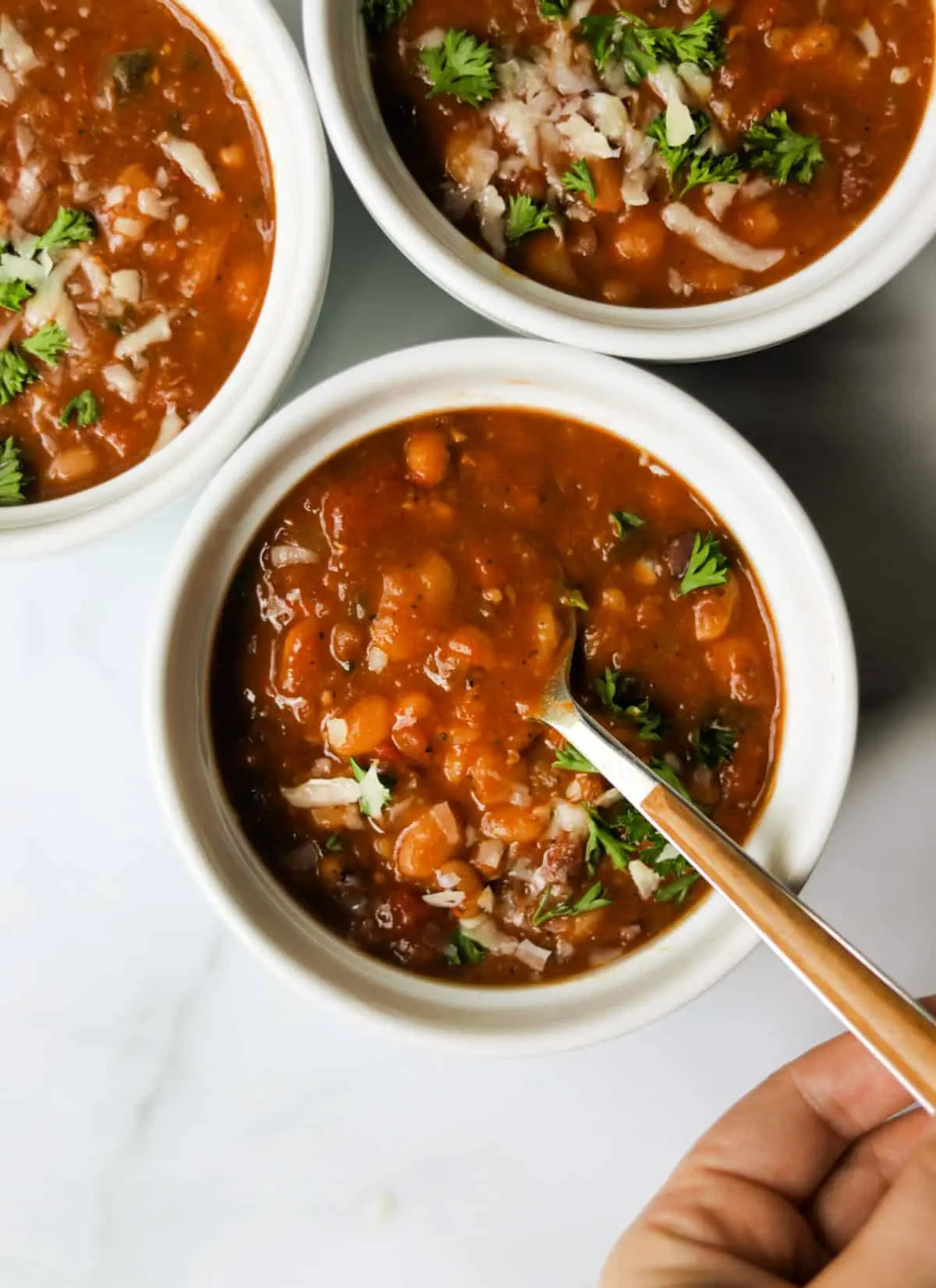
The Vegetable That Eats All the Sugar in Your Body – The Silent Enemy of Diabetes

A 31-Year-Old Man Hospitalized Five Times Because of a Drink Many People Consume Daily

This One Superfood Could Tackle Major Health Issues—Here’s What You Need To Know

12 signs that may signal a brain aneurysm — Don’t ignore them

Put the phone down on the table, why you should put the screen face down: Know the reason no one wants to do the opposite

8 Foods That Help Eliminate Cancer Cells

My son brought his fiancée home – As soon as i saw her face and heard her name, I immediately called the police

Why nobody should be eating salmon anymore?
